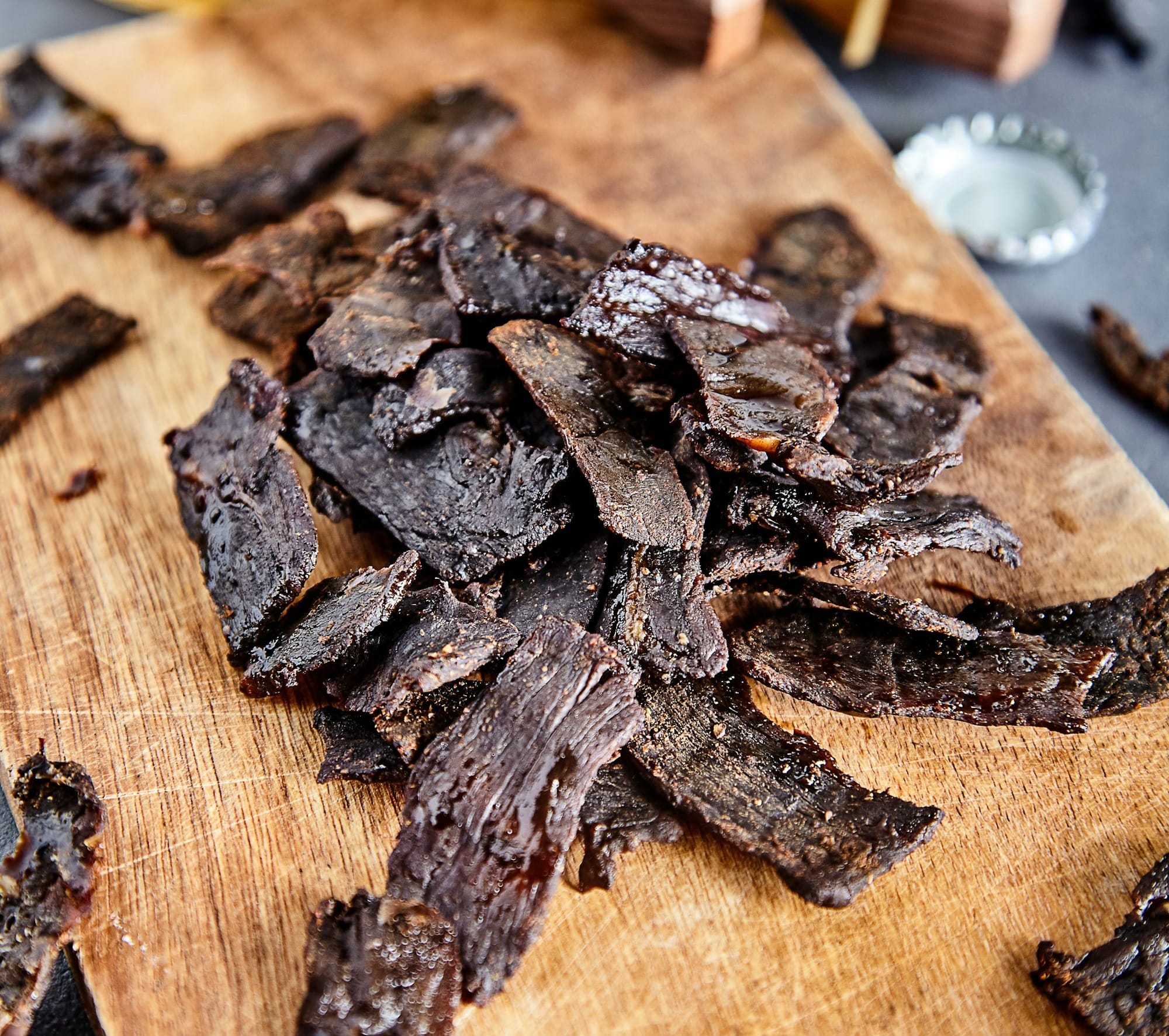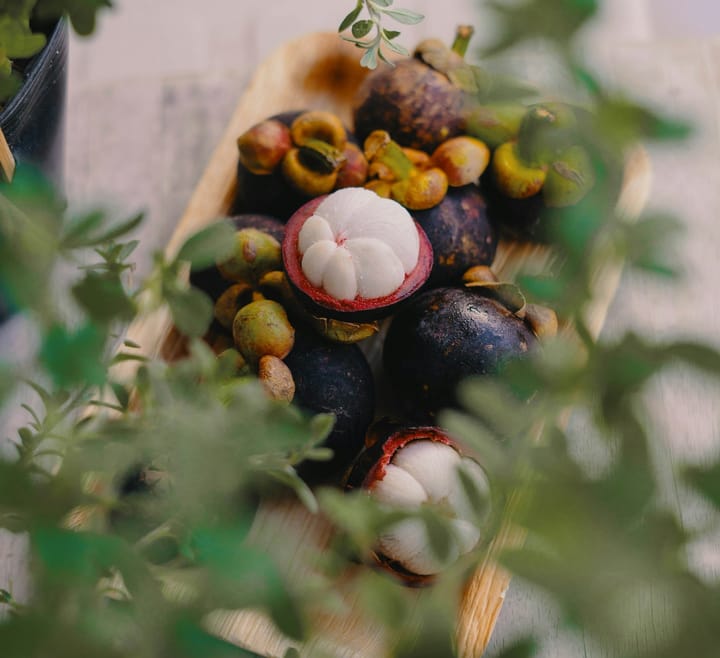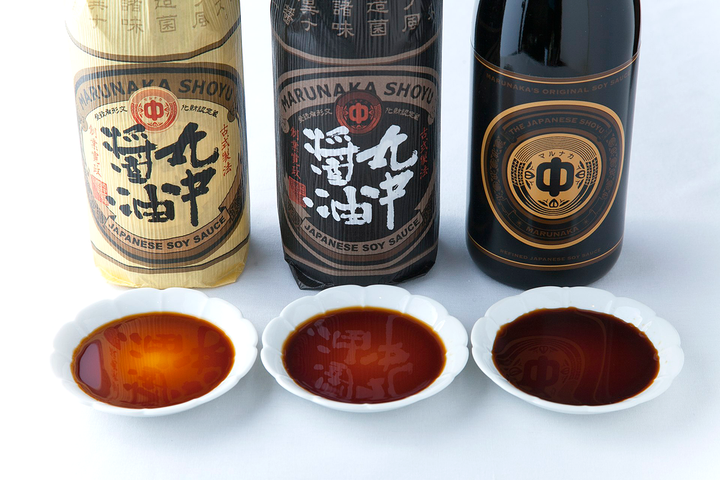Meat Preservation Techniques: Salting, Curing, and Smoking Explained
Explore the rich traditions and modern techniques of meat preservation through salting, curing, and smoking. Discover how these ancient practices not only extend the shelf life of meats but also create complex flavors and textures that have delighted taste buds for centuries.

The Basics of Meat Preservation
At its core, the art of preserving meat is about controlling the growth of microorganisms that cause spoilage.
For millennia, humans have relied on three main methods to achieve this: salting, curing, and smoking.
While modern refrigeration has revolutionized food storage, these traditional techniques remain integral to the world of charcuterie, the branch of cooking devoted to prepared meat products.
To understand how these methods work, let's first consider what makes meat perishable.
Meat is rich in nutrients and moisture, which makes it an ideal environment for bacteria and other microbes to thrive.
Left untreated, these microorganisms quickly multiply, leading to spoilage, off-flavors, and potentially harmful contamination.
Salting, curing, and smoking work by altering the chemical and physical properties of meat to make it less hospitable to microbial growth.
They do this by reducing moisture content, altering pH levels, or introducing compounds that inhibit bacterial growth.
At the same time, these processes also create distinct flavors and textures that have become hallmarks of charcuterie.
Salting: The Foundation of Preservation

Salting is perhaps the oldest and most fundamental method of meat preservation.
At its simplest, it involves coating meat in salt or submerging it in a salt solution (brine).
Salt draws moisture out of the meat through osmosis, which not only reduces the water available for microbial growth but also concentrates the meat's flavors.
There are two main methods of salting meat: dry salting and wet brining. In dry salting, meat is rubbed with a mixture of salt and other seasonings, then left to cure.
This method is often used for larger cuts of meat, like hams or bacon. Wet brining involves submerging meat in a saltwater solution, sometimes with added sugars or spices.
This method is commonly used for smaller cuts or more delicate meats, like poultry or fish.
Salting not only preserves meat but also contributes to its flavor and texture. Salt enhances the natural umami taste of meat and helps break down tough muscle fibers, leading to a more tender final product.
The salt used in charcuterie is often mixed with other ingredients like sugar, nitrates, and spices to create more complex flavor profiles.
Curing: Chemistry in Action

Curing takes salting a step further by introducing additional compounds that alter the chemical properties of meat.
The most common curing agents are nitrates and nitrites, which are converted into nitric oxide during the curing process.
Nitric oxide reacts with the myoglobin in meat, creating the characteristic pink color and savory flavor of cured meats like ham, salami, and hot dogs.
Curing agents have several important functions in meat preservation:
- Color: Nitric oxide creates a stable pink color that persists even when the meat is cooked.
- Flavor: Curing agents contribute to the distinctive tangy, slightly sweet taste of cured meats.
- Preservation: Nitrites inhibit the growth of Clostridium botulinum, the bacteria that causes botulism, a rare but serious foodborne illness.
Curing can be done through dry rubs or wet brines, similar to salting.
The curing process can take anywhere from a few days to several months, depending on the type of meat, its size, and the desired flavor profile.
Some meats, like prosciutto or country ham, are aged for a year or more to develop their signature taste and texture.
It's important to note that while nitrates and nitrites are valuable tools in meat preservation, they have also been linked to potential health concerns when consumed in high amounts.
As a result, many modern charcutiers are experimenting with natural curing agents like celery juice powder, which contains natural nitrates, as a safer alternative.
Smoking: Flavor and Function

Smoking is a method of meat preservation that exposes meat to wood smoke, which not only adds flavor but also has antimicrobial properties.
Traditionally, smoking was done to extend the shelf life of meat before refrigeration was widely available.
Today, it's more often used to create specific flavors and textures.
There are two main types of smoking: cold smoking and hot smoking.
Cold smoking is done at temperatures below 90°F (32°C), which doesn't cook the meat but infuses it with smoke flavor.
This method is often used for delicate meats like fish or for adding flavor to cured meats like bacon or salami.
Hot smoking, on the other hand, is done at temperatures above 150°F (66°C), which cooks the meat while also infusing it with smoke. This method is commonly used for larger cuts of meat like ribs, brisket, or pork shoulder.
The heat denatures proteins and breaks down connective tissues, resulting in a tender, flavorful final product.
The type of wood used for smoking can have a significant impact on the flavor of the meat.
Hardwoods like hickory, oak, or mesquite are popular choices, each imparting their own unique flavor notes. Fruit woods like apple or cherry are sometimes used for a milder, sweeter smoke flavor.
In addition to flavor, smoke also has preservative properties. Compounds in wood smoke, like phenols and formaldehyde, have antimicrobial effects that help inhibit bacterial growth on the surface of the meat.
Smoking also creates a barrier on the surface of the meat that helps prevent further contamination.
Preserving Tradition, Inspiring Innovation
Salting, curing, and smoking are not just methods of meat preservation; they are also deeply ingrained cultural traditions that reflect the history, geography, and tastes of different regions around the world.
From Italian prosciutto to Spanish jamón ibérico, from German bratwurst to American barbecue, each charcuterie tradition tells a story of the people and places that created it.
Today, these ancient techniques are being rediscovered and reinterpreted by a new generation of charcutiers and food enthusiasts.
Armed with a better understanding of the science behind these methods, modern meat crafters are pushing the boundaries of flavor and technique, creating new and exciting products that honor tradition while embracing innovation.
Whether you're a curious home cook or a seasoned professional, the world of charcuterie offers endless opportunities to explore the art and science of meat preservation.
By understanding the principles of salting, curing, and smoking, you can create your own signature flavors and textures, and join a rich culinary tradition that has nourished and delighted humans for generations.
So the next time you savor a slice of smoky bacon, a tangy piece of salami, or a tender morsel of smoked brisket, take a moment to appreciate the complex interplay of chemistry, microbiology, and artistry that went into creating it.
In each bite, you're not just tasting delicious food - you're experiencing the living legacy of the art and science of meat preservation.


